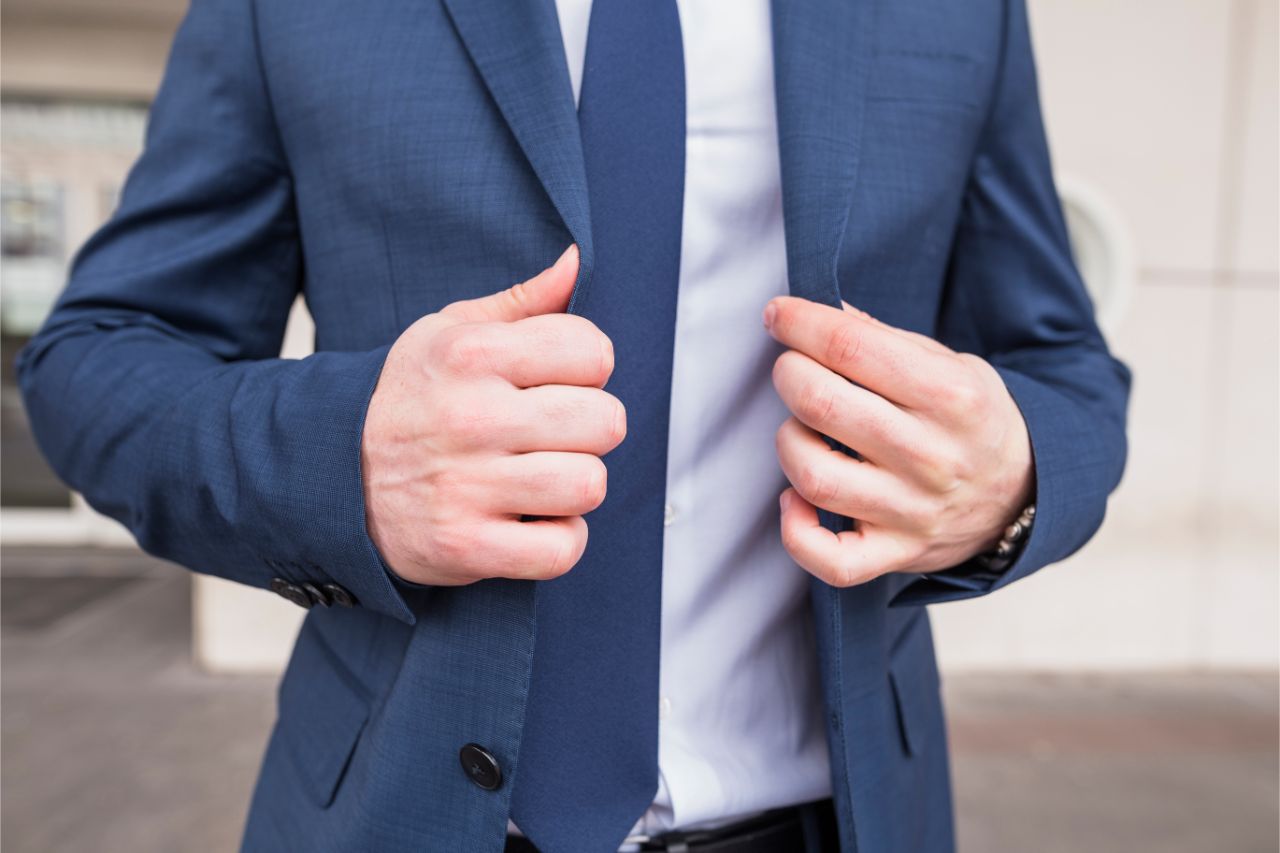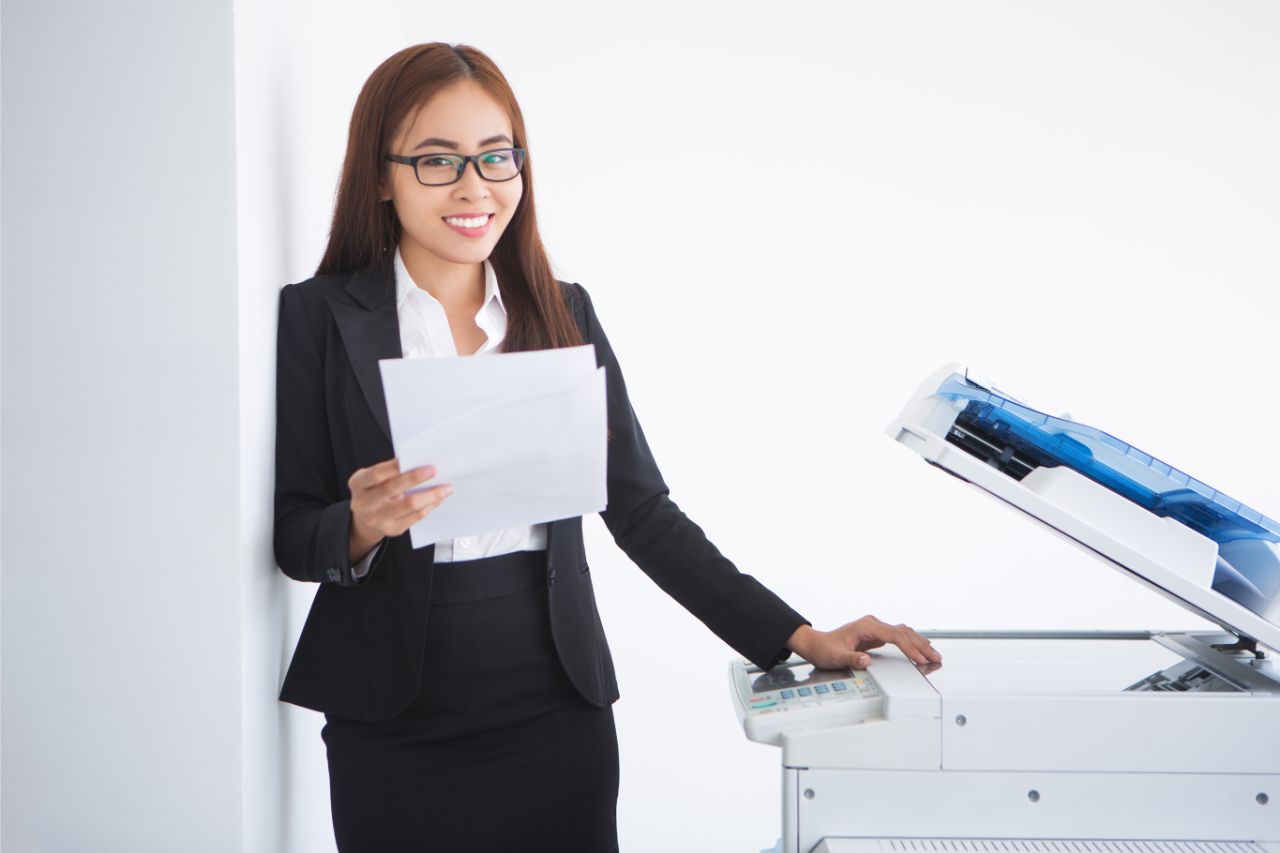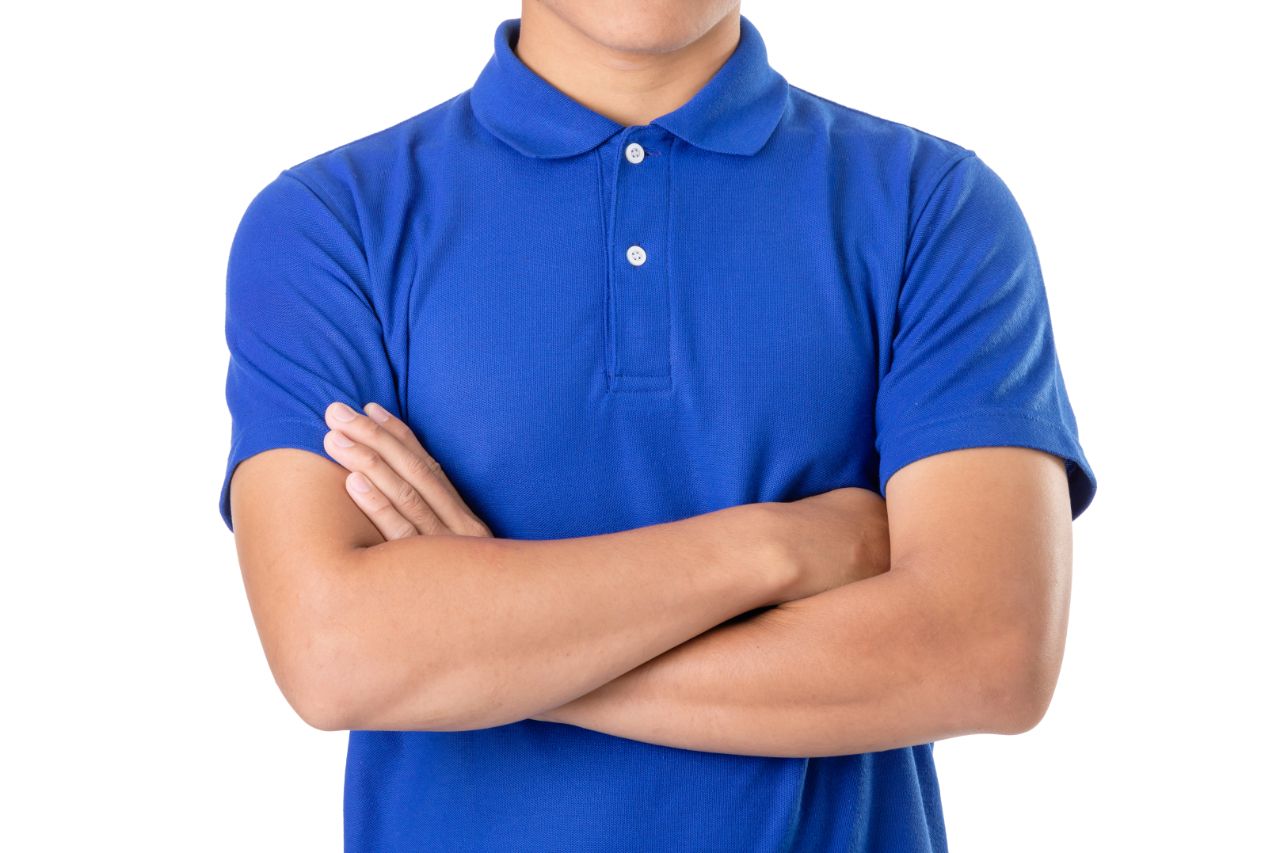
Polo shirts are one of the most versatile pieces of clothing you can find. It can be used on many occasions and is a favored uniform choice in many companies. It is incredibly easy to style, with many looks to choose from. Whether you prefer casual or formal, you can’t go wrong with this staple piece. Keep on reading for polo shirt uniform styling tips!
If you still don’t have a final polo shirt design, you may have trouble choosing colors. The tried and tested choices are neutrals like white, gray, black, and navy blue. These will match both casual and formal environments, with many design opportunities for you to do.
Bold colors such as red, green, and purple can also look good in polo shirts. As long as you know how to color coordinate. A tip on matching clothes is to have contrasting colors next to each other. For example, if you have a dark top, opt for lighter pants.

Aside from the usual long-sleeved button-down top, a collared polo shirt is also often paired with a blazer and formal pants. It can replace your traditional suit and tie and is usually worn in corporate environments or business events. It will look polished — just as long as the fit is right.
This way, you can easily upgrade your look anytime. Have a surprise meeting with a client? Just fix your hair, freshen up, don your staple jacket, and you’re ready to go. A polo shirt will easily transform from casual to formal in just a few minutes. Don’t forget to tuck it in for a more polished look.
Aside from blazers, you also need to choose pants to pair with your polo shirt. Denim will look good in relaxed and easygoing settings and is the perfect choice for retail stores. It is also durable and will withstand a lot of hard wear.
On the other hand, you can wear khaki for a more sophisticated look. It is a type of bottom with a twill weave and fabric that is lighter than denim. Wearing this will instantly make an outfit look smart casual — especially when paired with a jacket in the same color family. The popular choices are brown, black, and gray.

To make the outfit more feminine, opt for skirts as bottoms. Polo shirts can easily be matched with any skirt style—from a-line, pencil, maxi, midi, and flared. But if you want to achieve a certain appearance, the color and fabric should be considered. Both buttoned-up and slightly opened collars will complement this look.
Generally, looser skirts will be considered casual. If you want a more businesslike corporate outfit, you should stick to sleek designs like a pencil cut.
Neutral colors may be your best choice if you want a serious and formal uniform. Remember to keep it tucked in for a clean look.
Depending on the look you’re going for—whether it’s casual, smart casual, or formal—the shoes you choose will also matter. Having good footwear will speak a lot about you and will also give a good impression to your clients. The only thing to remember here is to avoid open-toed options to keep a professional appearance.
For offices that implement smart casual wear, boat shoes and loafers are some good options. For formal looks, oxfords, especially if made from leather, will also match well.

Perhaps the most important styling tip of all is to always wear clothing with the right fit. If a polo shirt is made for your body shape, you can easily match it with other pieces. A loose top will make you look untidy. On the other hand, a top that is too tight will be unflattering and uncomfortable.
When a polo shirt is made for your size, it will look clean-cut, sleek, and professional—whether you opt for relaxed or more serious styling. This is important especially if you’re looking to use it as a uniform because in business the first impression is vital.
A polo shirt is a multipurpose piece of clothing. It can be used in a lot of industries and will look good in both formal and more laid-back settings. To achieve the best look, you can follow these polo shirt uniform styling tips.
If you need further assistance when it comes to designing corporate uniforms and workwear, do not hesitate to message Dels Apparel. They also offer personal protective equipment and clothing for your health and safety needs.